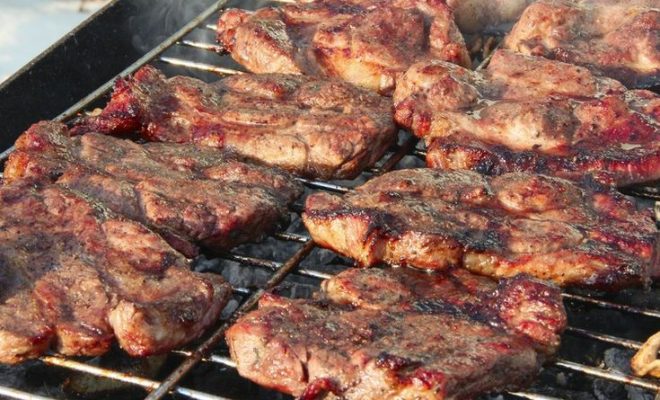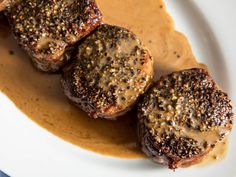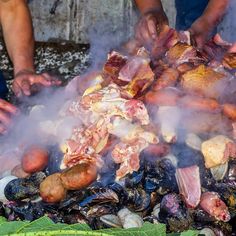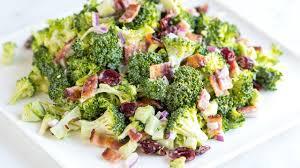The Best Cuts Of Meat You Should Stick To For Smoking

When it comes to the art of smoking meat, the cut you choose can make a world of difference in flavor, texture, and overall success. There are several cuts of meat that are consistently celebrated for their compatibility with the low and slow smoking process. In this article we will look into some of the best cuts to stick to for smoking, ensuring a delicious outcome.
Brisket
Brisket is undoubtedly the king of smoked meats. This beef cut, coming from the chest or lower chest region, is known for its rich marbling which renders it juicy and full of flavor after long hours in the smoker. Smoking brisket can be a day-long affair, but when done correctly—typically at temperatures around 225-250 degrees Fahrenheit—it yields a tender and savory experience with a sought-after ‘smoke ring’ around its edges.
Pork Shoulder
Also referred to as Boston butt or pork butt, pork shoulder is another favorite among smoking enthusiasts. This cut usually has enough fat content to stay moist during cooking which can take upwards of 12 hours. When smoked, pork shoulder is ideal for pulling, making it perfect for pulled pork sandwiches drenched in barbecue sauce.
Ribs
No smoker should be without ribs. Whether they are baby back or spare ribs from pork, or short ribs from beef, these cuts are famous for their delectable taste when cooked over smoke. Baby back ribs are leaner and quicker to cook, while spare ribs require more time but yield more meat. Beef short ribs are richer and possess more marbling than pork ribs, consequently benefitting from long smoke times which tend to melt fat and connective tissue into succulent perfection.
Beef Chuck Roast
If you want something akin to brisket without quite as much time commitment or expense, the beef chuck roast is an excellent choice. When slowly smoked until tender, this flavorful cut is reminiscent of brisket’s texture and taste but tends to be smaller in size.
Whole Chicken or Turkey
Poultry can also be the star of your smoker with whole chickens or turkeys offering plenty of succulent meat. Smoking poultry at around 275 degrees Fahrenheit will result in a crispy skin outside while maintaining moist meat inside. The key is not overcooking – using a meat thermometer will ensure it’s just right.
Salmon
Fish such as salmon takes on smoke beautifully due to its fatty nature which ensures none of the moisture is lost during the relatively short smoking process. Typically smoked at lower temperatures, it’s important to cure salmon prior to smoking for flavor development.
Honorable mentions go out to other great cuts like tri-tip (a leaner beef option that smokes well at higher temperatures), lamb shanks (which benefit greatly from wood-smoke infusion), and even wings (which absorb smoke readily given their high skin-to-meat ratio). No matter which cut you choose, remember that smoking is an adventure in patience—slow cooking will coax out complex flavors and irresistible textures from your chosen cuts.






